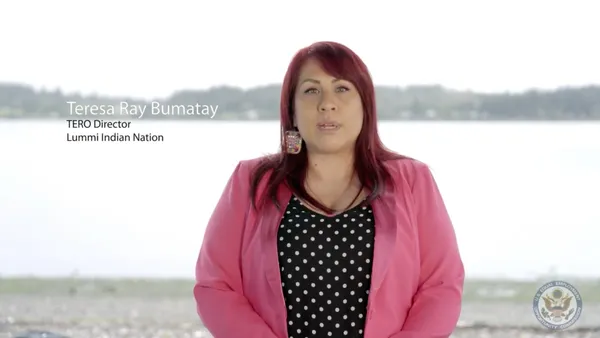Dive Brief:
-
Target will aim to increase the representation of Black employees in its workforce by 20% over three years, the company said Sept. 10, sharing that Black employees make up 15% of its workforce and 8% of its leadership team.
-
The company's diversity report, based on 2019 information, showed Black representation among the company's nearly 350,000 employees. Black employees make up 12% of managers, 5% of officers and 8% of the leadership team. In the entire workforce, 50% are people of color and 58% are women. At the leadership level, 42% are women and 24% are people of color. A quarter of employees are Latinx, including 20% of managers and 11% of officers. Latinx representation on the leadership team is 8%.
-
The retail giant said it plans to increase Black representation by "sharpening its focus on advancement, retention and hiring." According to a company release, this will include developing pathways into leadership and functions that have low representation and increased training on anti-racism and inclusion.
Dive Insight:
A diversity report is one of the ways some employers hold themselves publicly accountable for following through on diversity and inclusion promises. During the past few months, companies like employer review site Glassdoor and consulting firm PwC have released their first-ever diversity reports. Microsoft released one that showed gaps by employee level last year while companies like Facebook and Pinterest have been publishing reports for a few years now, and able to note their areas of progress.
Like Target, many of the above companies use such reports as an opportunity to set goals for the future and discuss how they may get there. Others, such as GoDaddy, have included compensation data in the report as well — a show of transparency that can help create a more equitable and trusting culture, experts previously told HR Dive.
Other employers are tying executive compensation to diversity goals, as Wells Fargo has done. Because executives, middle managers and front-line managers play a key role in an individual employee’s experience, sources say it's important to continuously reinforce the value of diversity to an organization's leaders.
Adding training for diversity, equity and inclusions topics such as unconscious bias and anti-racism, in the way Target and many others have, can be another way to align manager behavior with inclusivity goals. Experts have warned, however, that focusing only on representation misses a large part of the picture when it comes to supporting, retaining and developing diverse talent.













